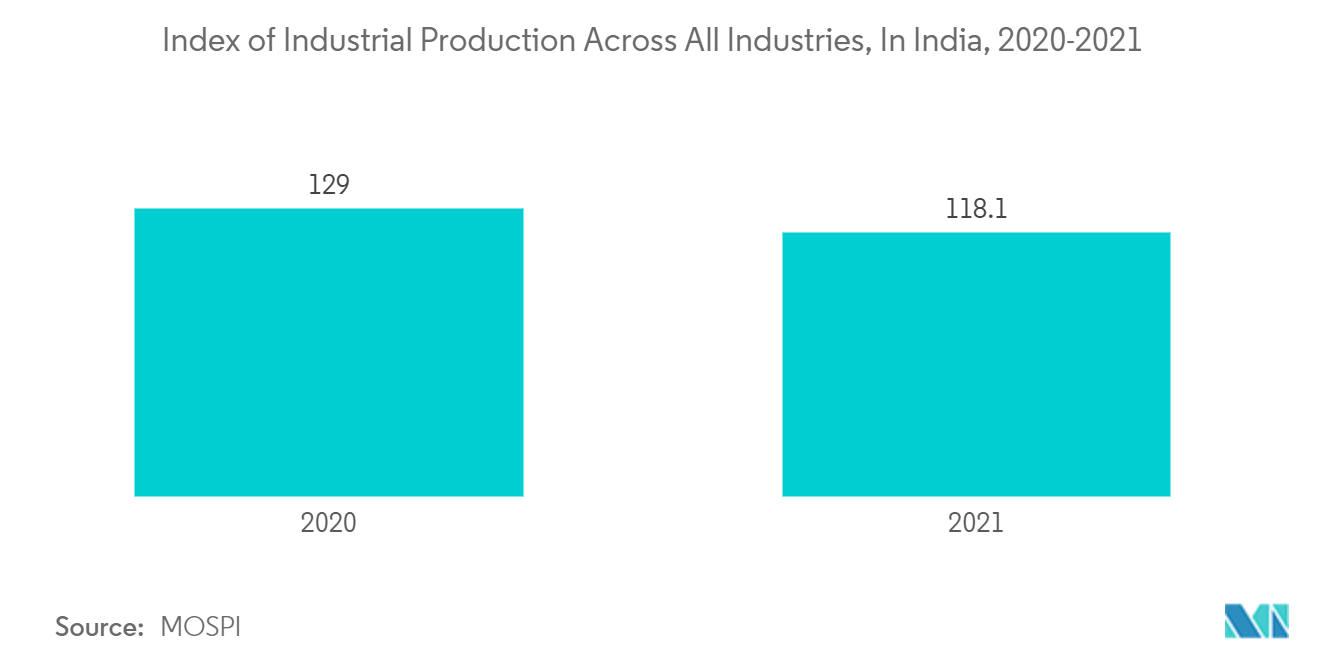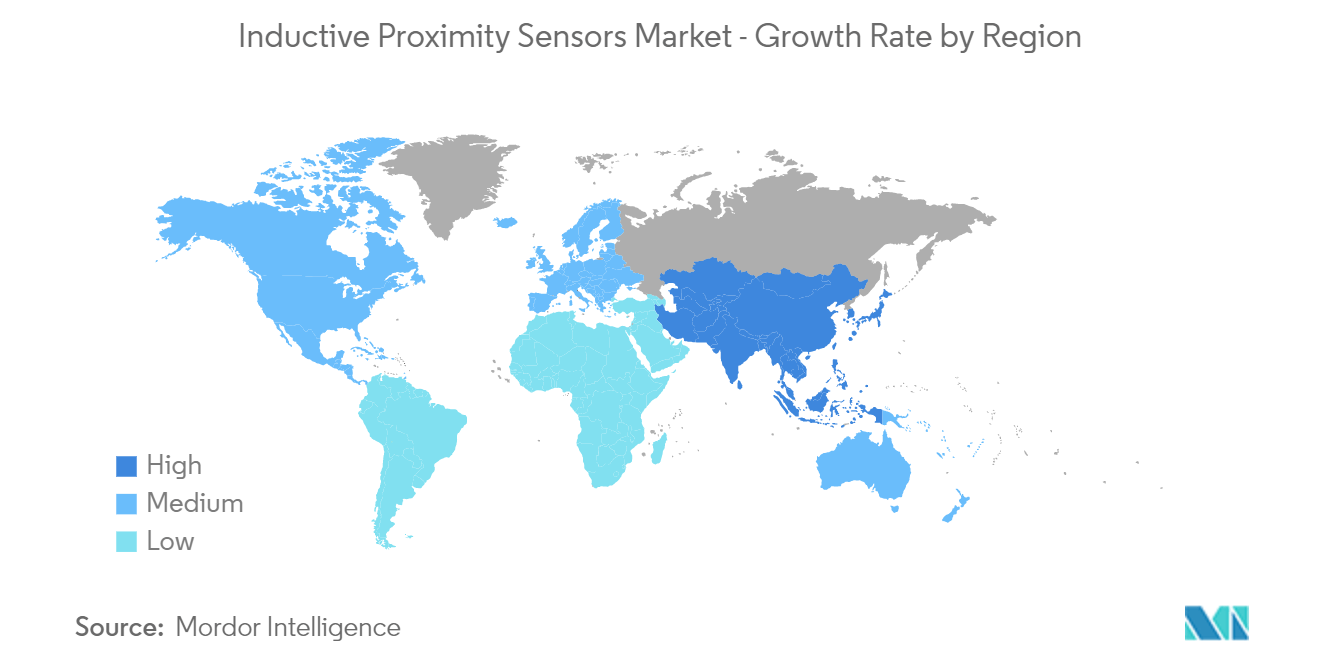Market Trends of Inductive Proximity Sensor Industry
This section covers the major market trends shaping the Inductive Proximity Sensor Market according to our research experts:
Industrial Segment to Hold Significant Market Share
- Industrial applications are becoming dependent on tracking, monitoring, measuring, and communication. Modern industries depend heavily on the information and data that various sensory devices supply to the control system, ideally in fractions of a second, to be an effective smart manufacturing environment. All industrial applications require robustness, high IP protection classes, advanced EMC and voltage immunity, and wide-range temperature stability parallel to cost-efficient sensor implementation.
- Inductive proximity sensors are majorly used where a more traditional switch might prove problematic or impossible to use, like in an application where lots of water and dirt might be present. Typical examples would be an advanced CNC machine or a conveyor line in a food and beverage environment and multiple uses in the industrial landscape.
- Although large industries practiced the use of inductive proximity sensor technology over a few years, improved technology has led to its widespread adoption by all-tier companies to streamline operations, enhance industrial automation, and change the manufacturing landscape of several companies. Another growth factor is the increase in the number of vendors that enable industrial automation and growth in the Industrial Internet of Things (IIoT) demand.
- Many WFI sensors on the market also provide multi-metal detection at the same sensing range. These sensors are commonly referred to as Factor 1 or F1 models since they have no sensing range reduction factor for non-ferrous materials like aluminum. Moreover, their sensing range reduction factor would be equal to 1.0 (no reduction in sensing distance).

Asia-Pacific to Witness Significant Growth
- Asia-Pacific is anticipated to witness a considerable growth rate compared to other regions because of developing countries like China and India. Additionally, prominent vendors, such as Omron Corporation, Panasonic Corporation, and Autonics Corporation, are headquartered in the region.
- Manufacturers in the automotive industry strive to meet the demand for electric vehicles (EVs) and low fuel consumption by building lighter-weight vehicles and favoring aluminum over iron. As the prevalence of mixed production lines containing both aluminum and iron increases, the need for the same sensing distance proximity sensors with suitably long sensing ranges is also rising.
- The Production Linked Incentive (PLI) Scheme for the automobile and auto component industry proposes financial incentives for boosting domestic manufacturing of advanced automotive technology (AAT) products and gaining investments in the automotive manufacturing value chain. The prime objectives of the schemes include overcoming cost disabilities, creating economies of scale, and building a robust supply chain in areas of AAT products.
- Asia-Pacific is the only region to witness capacity growth in the oil and gas industry in recent years. Moreover, growing investment in the oil and gas industry would create opportunities. For instance, according to IBEF, the investment in oil and gas exploration and production activities in India is anticipated to reach USD 25 million by 2022. Additionally, the growing government policies and initiatives toward the fulfillment of energy demands and initiation of new projects will contribute positively to the market.


